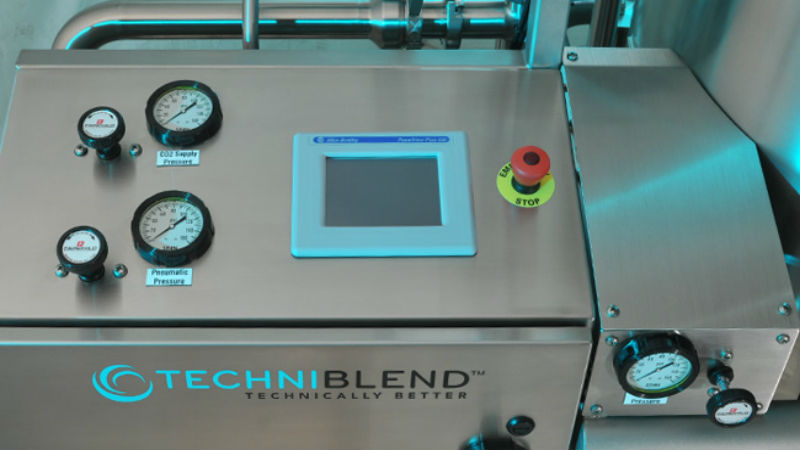Blending is a crucial procedure in the beverage and food as well as the chemical and pharmaceutical industries. The processes involved are rather complex. Failure to comprehend completely the different aspects can result in a decrease in quality and time lost repairing or replacing the inadequate results. In the selection of liquid blending equipment companies must always understand the role such machinery plays in the overall production line.
Liquid Blending
The major function of any type of mixing equipment is to ensure the stirring, mixing and blending achieves the ascertained goal. The right machinery provides product that meets the quality standards of the company. Perfect blending also results in increased efficiency.
For liquid blending, equipment is available in diverse sizes and shapes. Except for inline blending systems, the major vessel tends to be cylindrical with a contoured bottom. These devices also feature four other components:
1. Baffles
2. Draft tubes
3. Dip tubes
4. Impeller
When considering what equipment best suits the purpose of your production team, it is important to understand the role of each component. It is also necessary to visualize whether the traditional “stirring” method is the right match for your shop.
Choosing Liquid Blending Equipment
When looking at the latest blending systems, be sure to address the aspects of design and function that are pertinent to your own facility. Always consider:
* Space – How much floor space can you allot for the equipment?
* Existing Equipment – Is the new machinery compatible with the old? Must your engineers and technicians have to make major adjustments?
* Productivity/Efficiency – How does the addition of this machine increase or improve productivity and efficiency?
Also, consider other characteristics such as durability, functionality, speed and energy efficiency. You must be able to rely on the liquid blending equipment to deliver on what it promises and provide the specific qualities your company needs to improve its overall performance.


